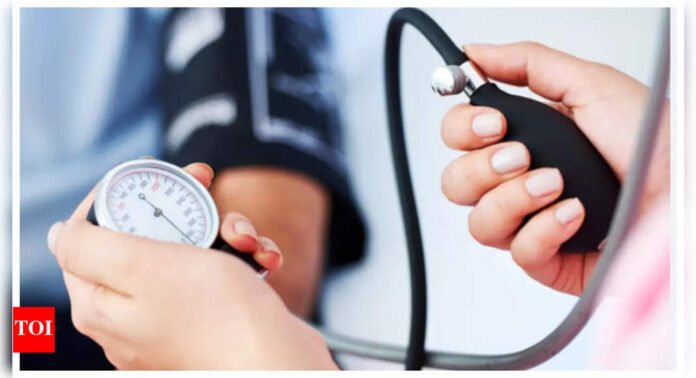White Coat Hypertension: Causes, Risks, and How to Manage It
Ever felt fine until you step into a doctor’s office, where your blood pressure suddenly shoots up? This is called White Coat Hypertension. Let’s break down what it is and why it’s important.
What is White Coat Hypertension?
White Coat Hypertension happens when your blood pressure is higher at the doctor’s office than at home. This is often due to feeling anxious or stressed in a medical setting.
Here’s what you need to know:
- Normal at Home: Your blood pressure is fine when you check it at home.
- High at the Doctor’s: Your blood pressure goes up when measured at the doctor’s office.
- More Than Just Nerves: While anxiety is a common cause, it could also be an early warning sign of future high blood pressure.
Why Does It Happen?
Several things can cause White Coat Hypertension:
Common Causes:
- Anxiety or Stress: Feeling nervous about doctor visits can make your blood pressure rise.
- Fear of Bad News: Worrying about potential health issues can cause a temporary spike.
- Conditioned Response: Over time, just being in a doctor’s office can trigger a rise in blood pressure.
Is White Coat Hypertension Dangerous?
While it was once thought to be harmless, White Coat Hypertension can have some risks:
Potential Risks:
- Risk of Real Hypertension: People with White Coat Hypertension are more likely to develop long-term high blood pressure.
- Heart and Blood Vessel Problems: Temporary spikes can strain your heart and blood vessels, increasing the risk of heart disease and stroke.
- Not Always Harmless: Some studies suggest it may lead to organ damage or future health problems.
How is White Coat Hypertension Diagnosed?
To diagnose White Coat Hypertension, your doctor may:
Diagnostic Steps:
- Check Blood Pressure at Home: Measure your blood pressure at home for several days and write down the results.
- Ambulatory Blood Pressure Monitoring: Wear a special device for 24 hours to check your blood pressure throughout the day and night.
- Compare Results: If your blood pressure is high only at the doctor’s office but normal at home, you likely have White Coat Hypertension.
What Can You Do?
Here are some steps to manage White Coat Hypertension:
Management Tips:
- Monitor Your Blood Pressure at Home: Use a good home blood pressure monitor and keep track of your results.
- Practice Relaxation Techniques: Deep breathing, meditation, or listening to calming music can help lower anxiety.
- Prepare Ahead: Avoid caffeine, smoking, or exercise right before your visit. Bring a list of questions to feel more in control.
- Build a Comfortable Relationship with Your Doctor: Choose a doctor who listens and makes you feel at ease. Let them know if you feel nervous during visits.
- Bring Support: Bring a family member or friend to your appointment to help you feel calmer.
- Healthy Lifestyle Habits: Eat a balanced, low-salt diet, exercise regularly, get enough sleep, and limit alcohol.
When Do You Need Treatment?
Most people with White Coat Hypertension do not need medication right away. However, your doctor may suggest:
Treatment Options:
- Regular Check-Ups: To keep an eye on any changes or signs of real hypertension.
- Treating Other Risk Factors: Manage other health problems like diabetes or high cholesterol carefully.
- Medication: Only if your blood pressure is high both at home and in the doctor’s office, or if you develop organ damage or other risk factors.
Disclaimer: This article is for informational purposes only and is not a substitute for medical advice. Always consult a medical professional if you experience any of these symptoms.



